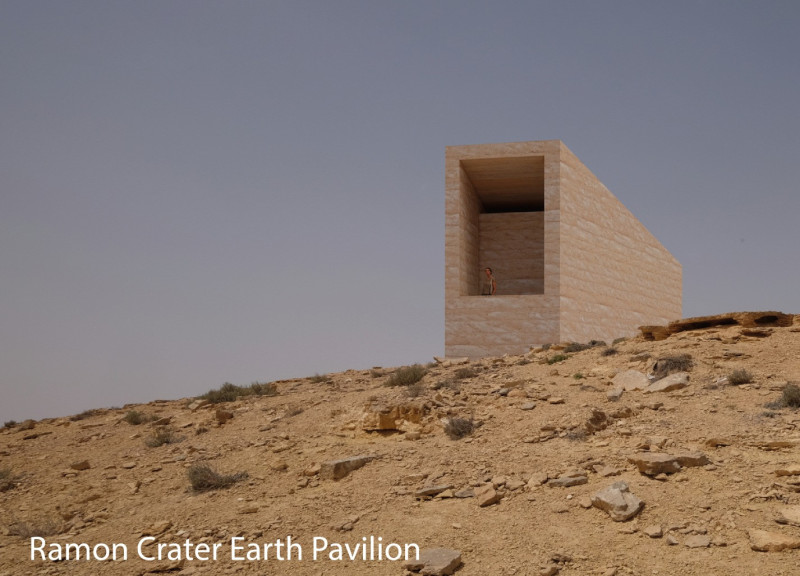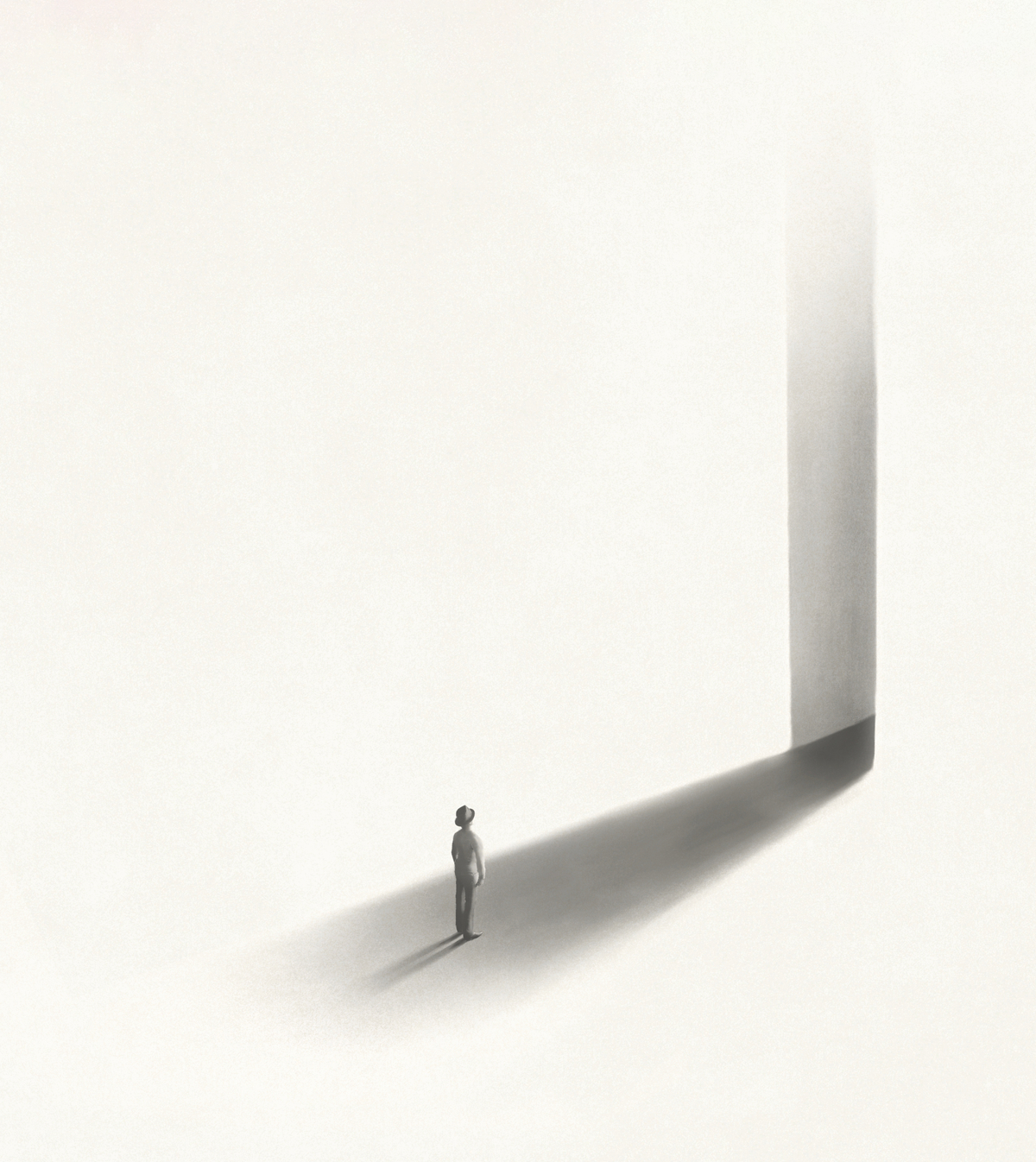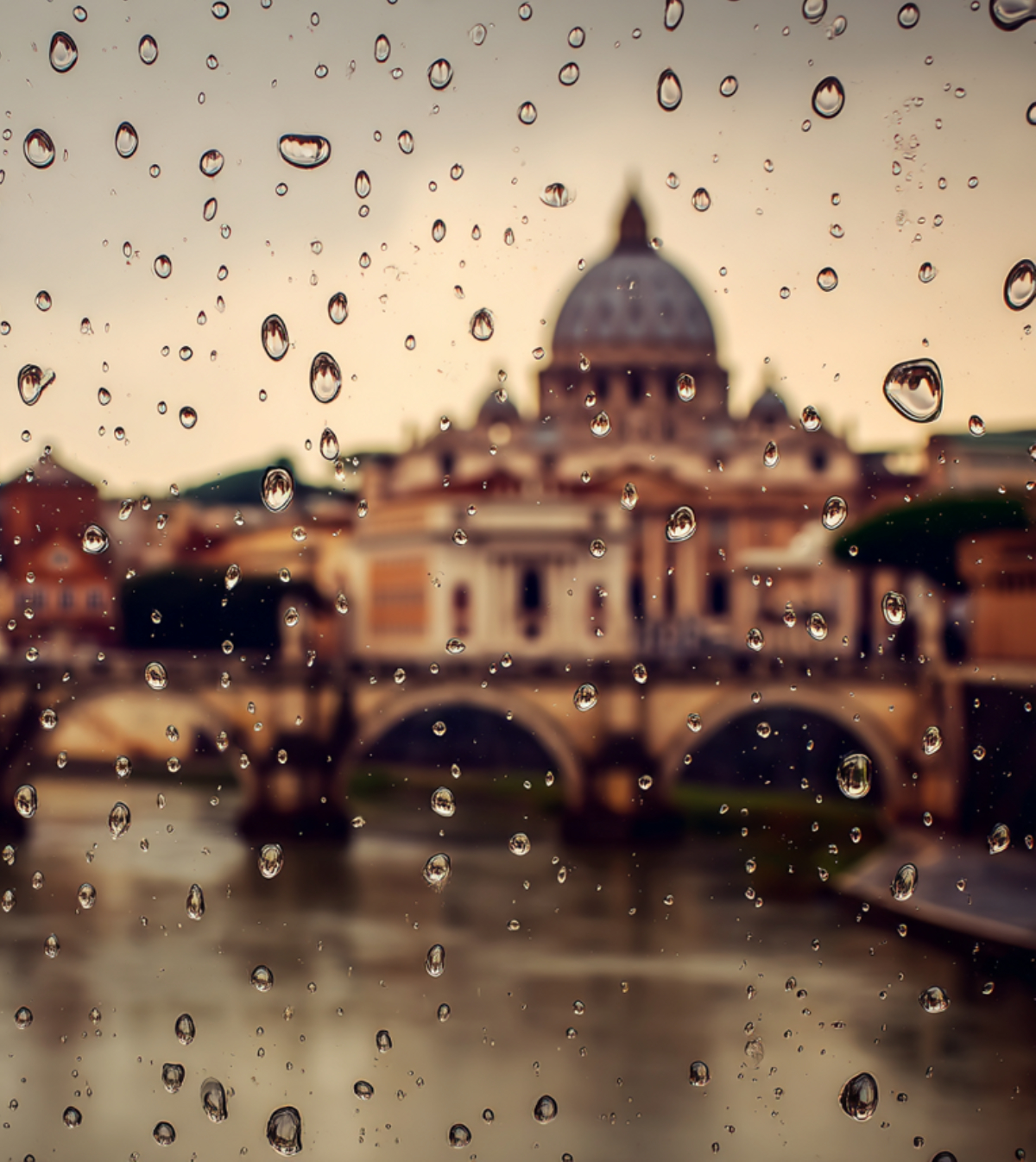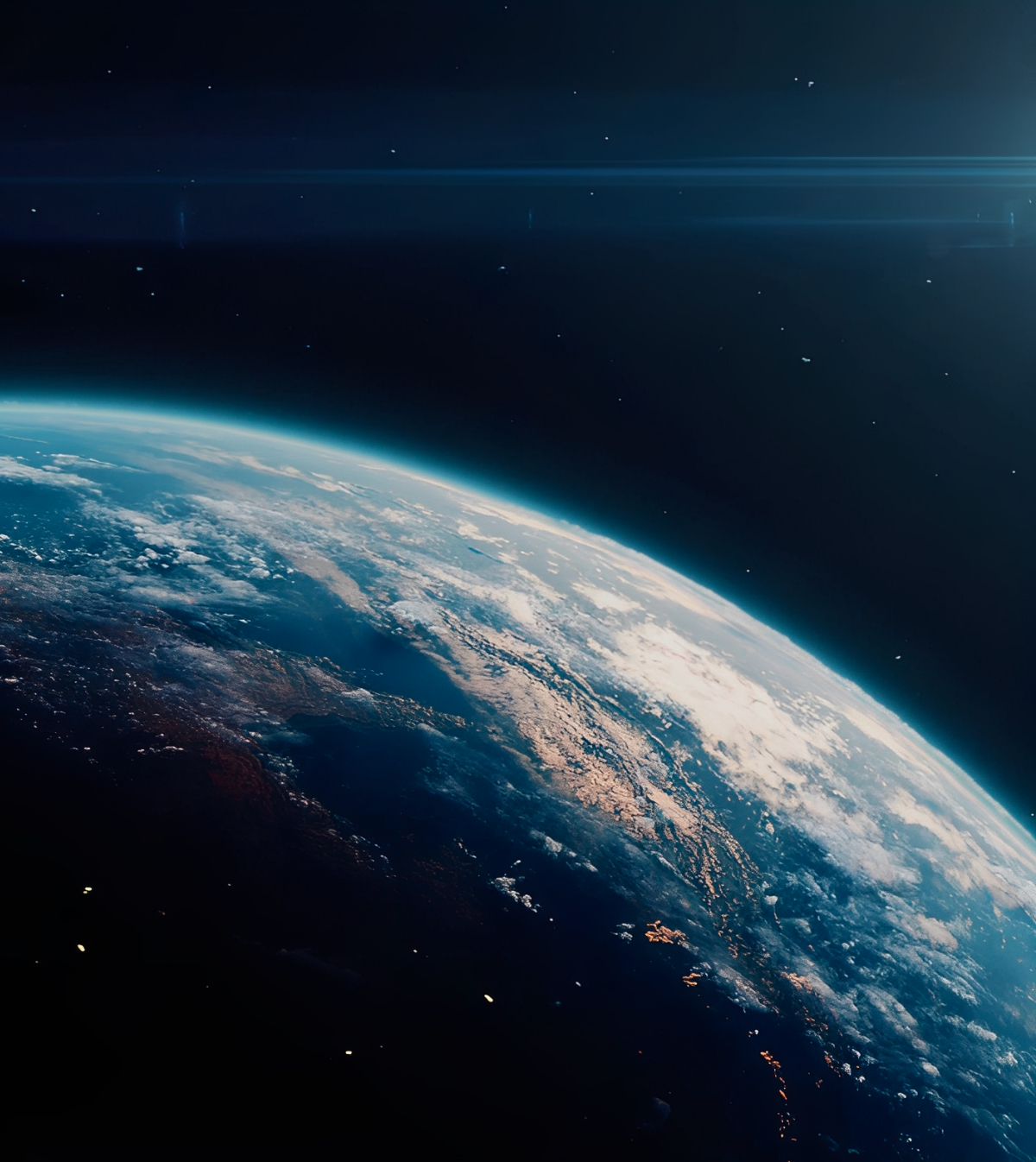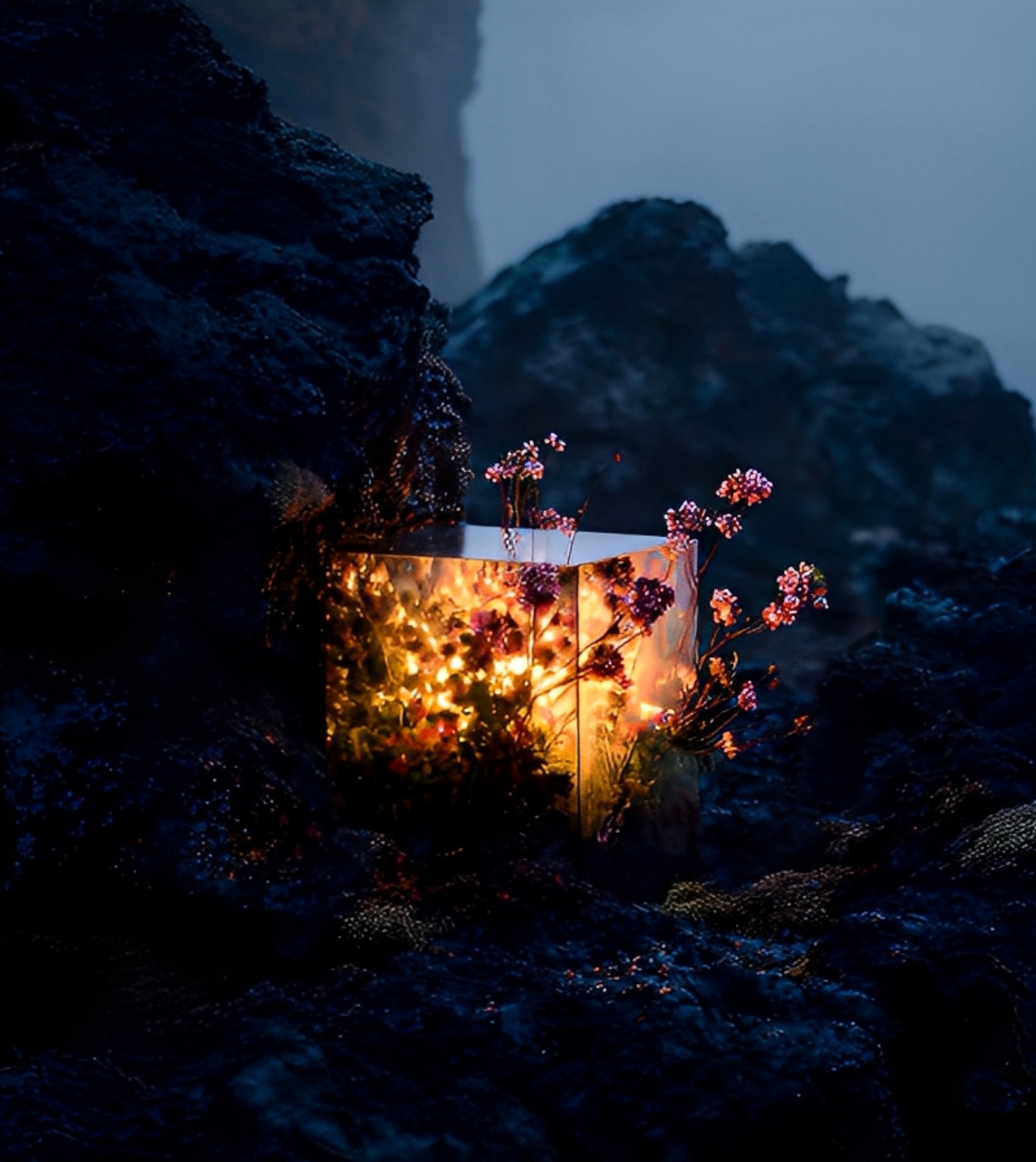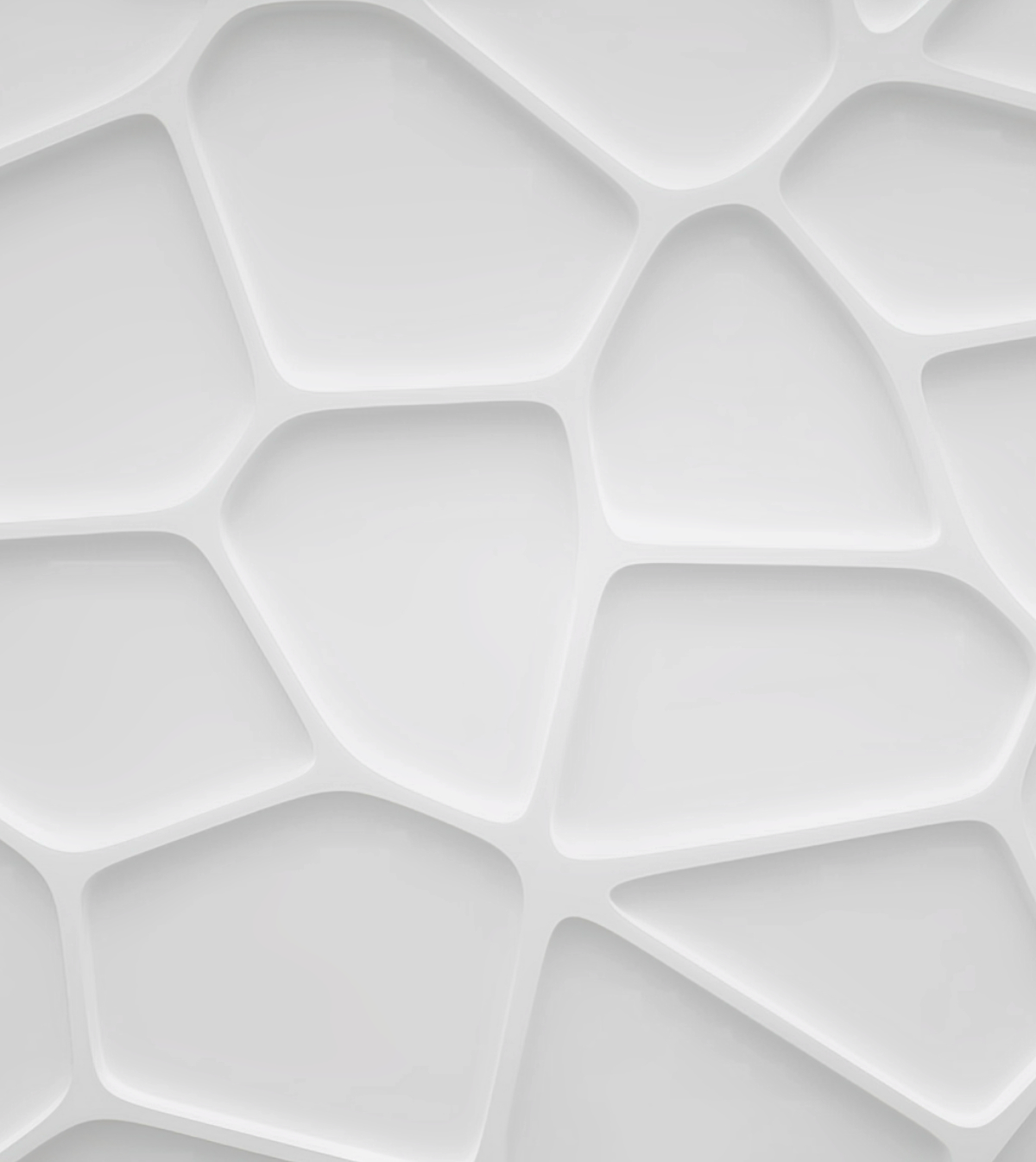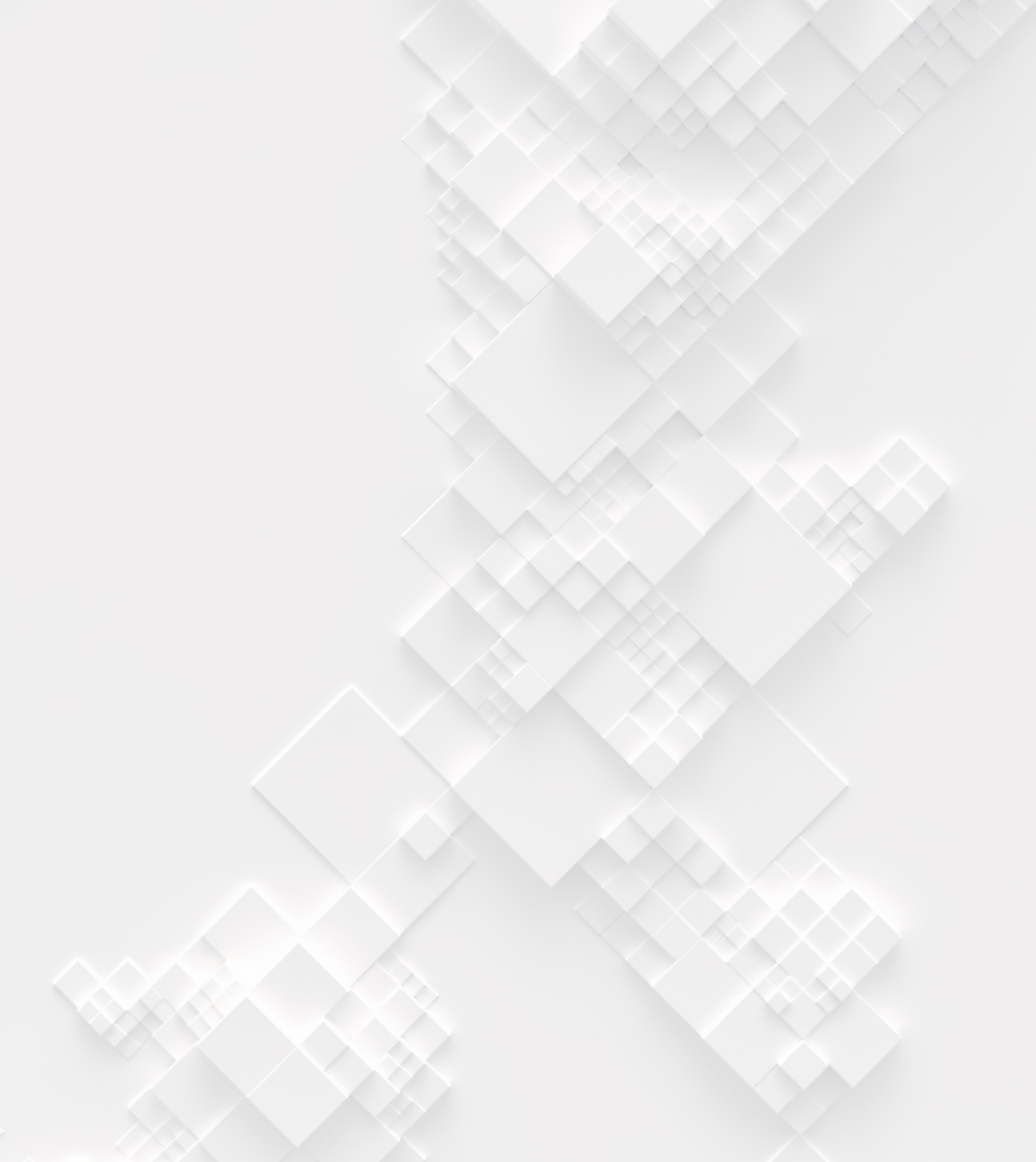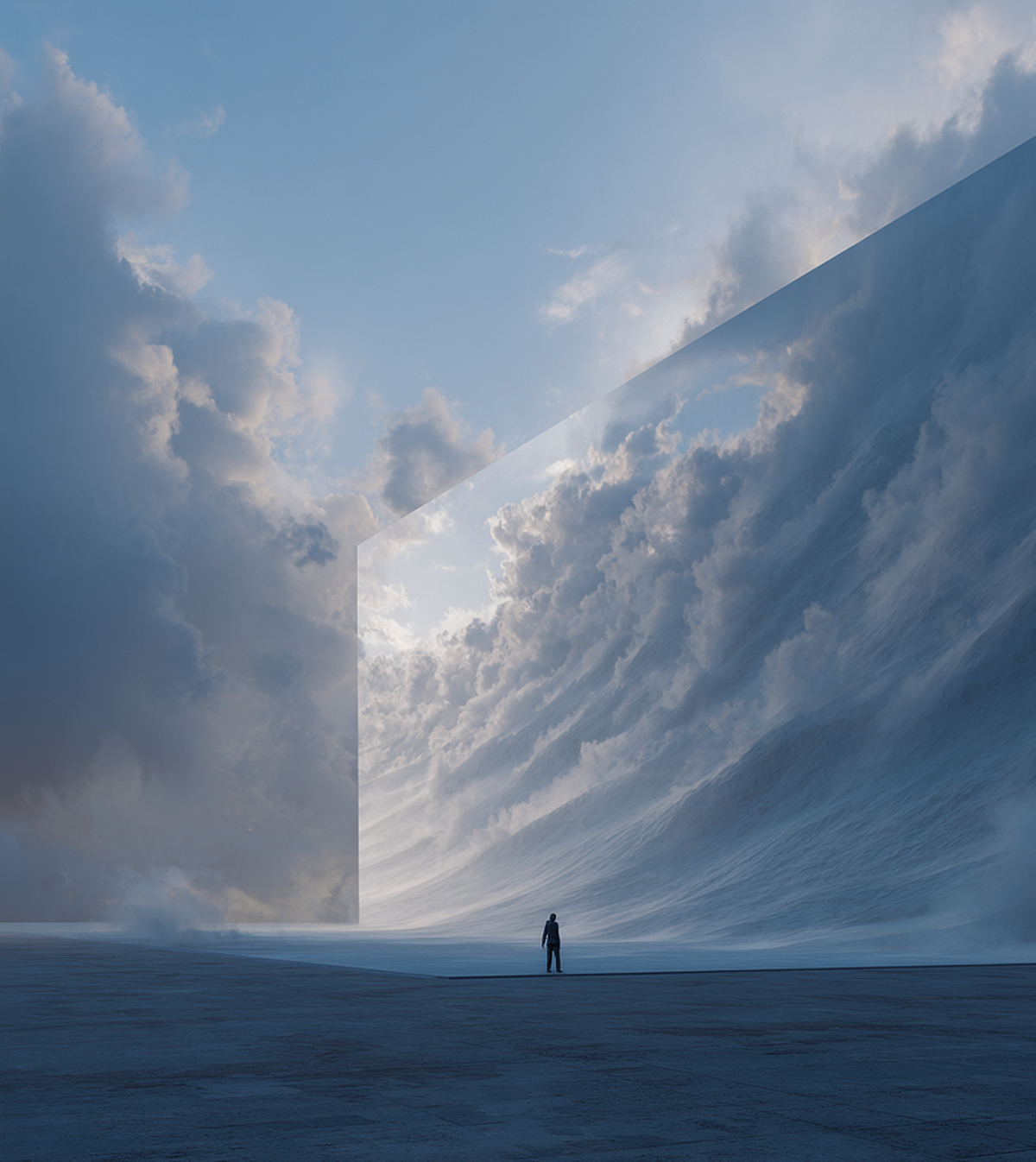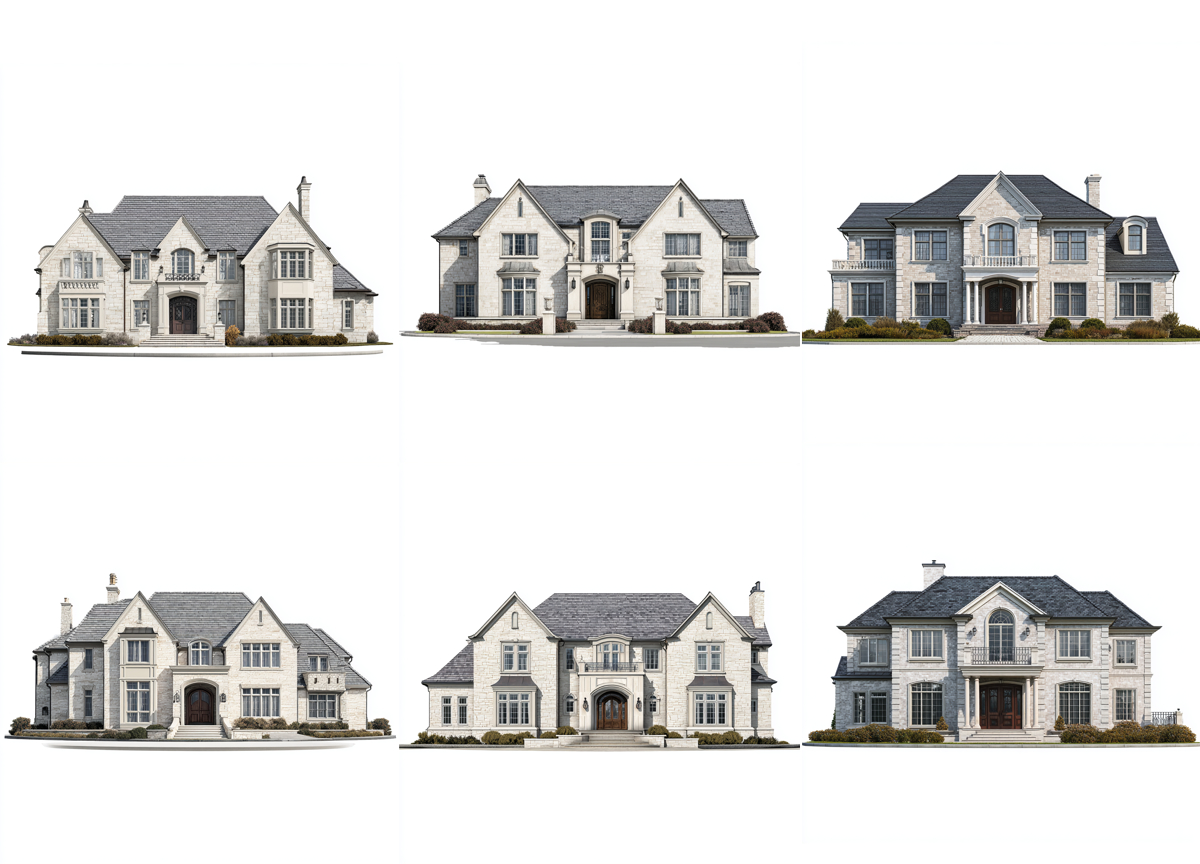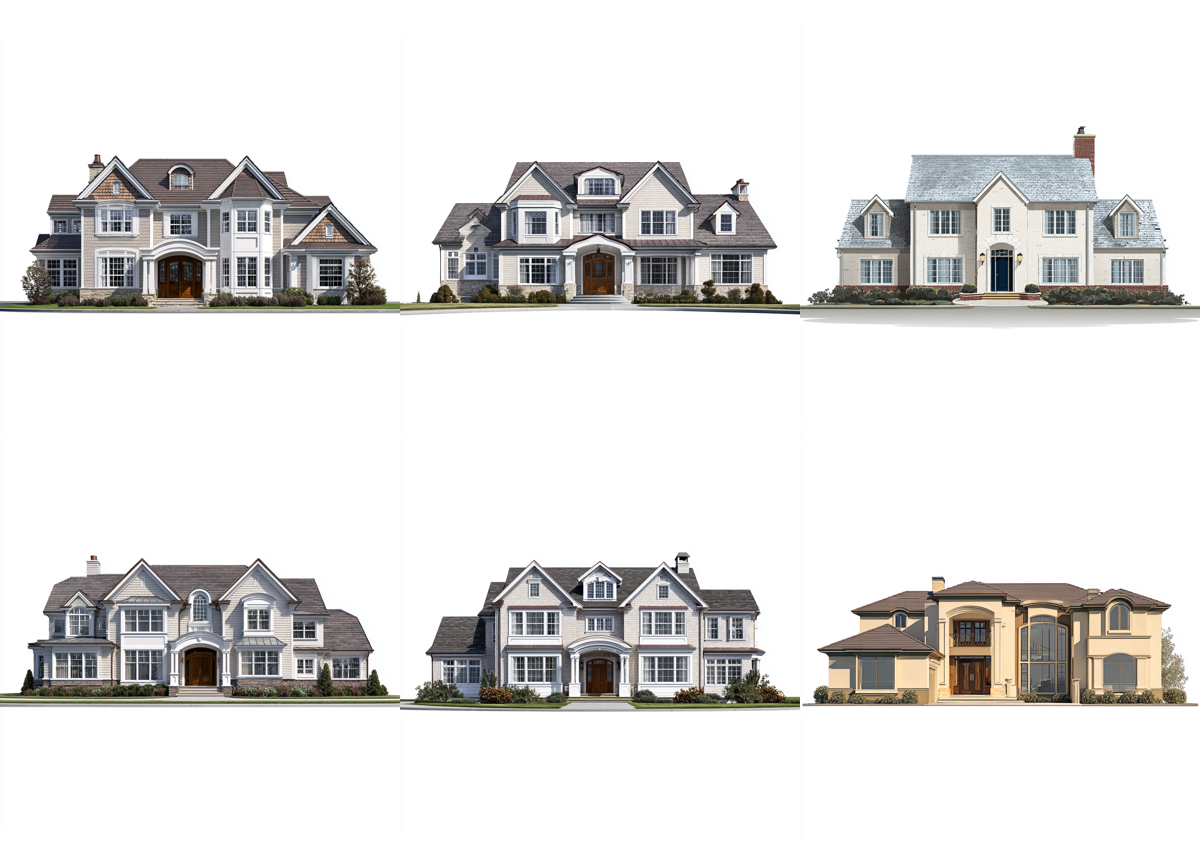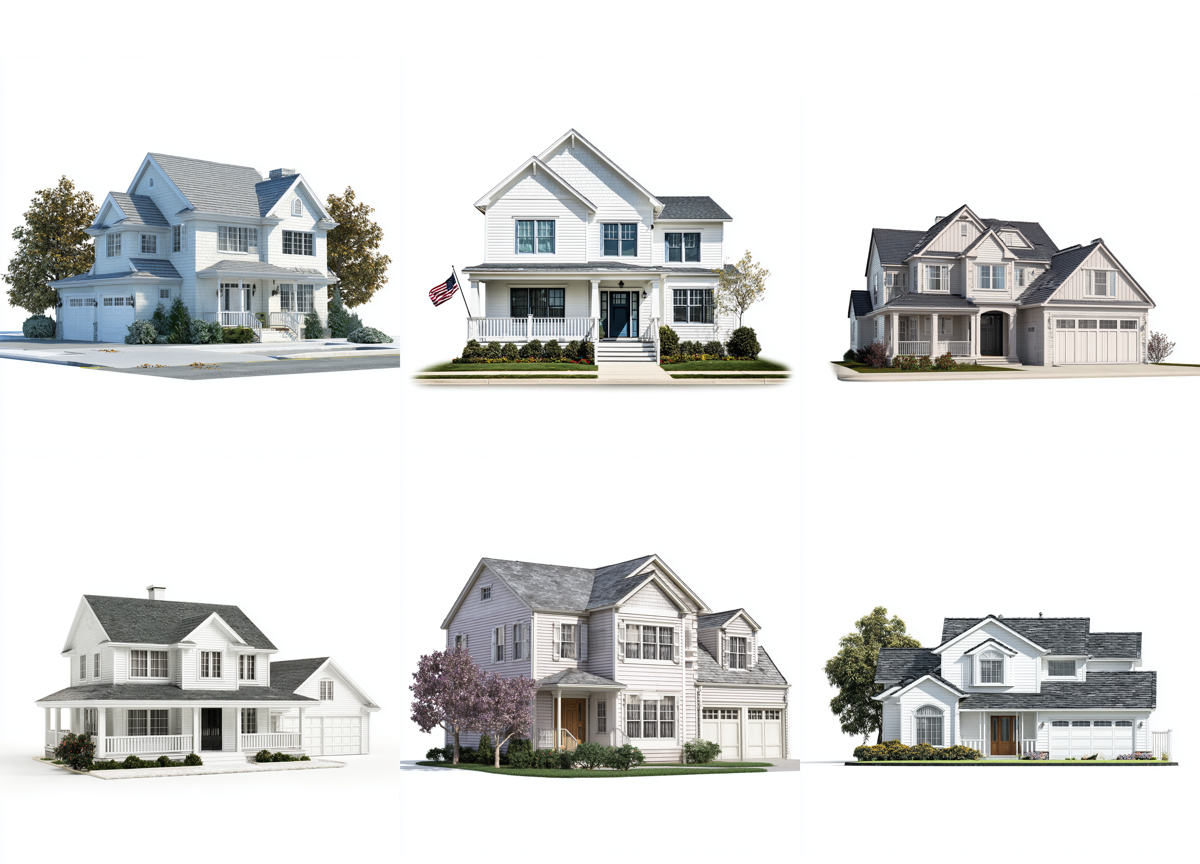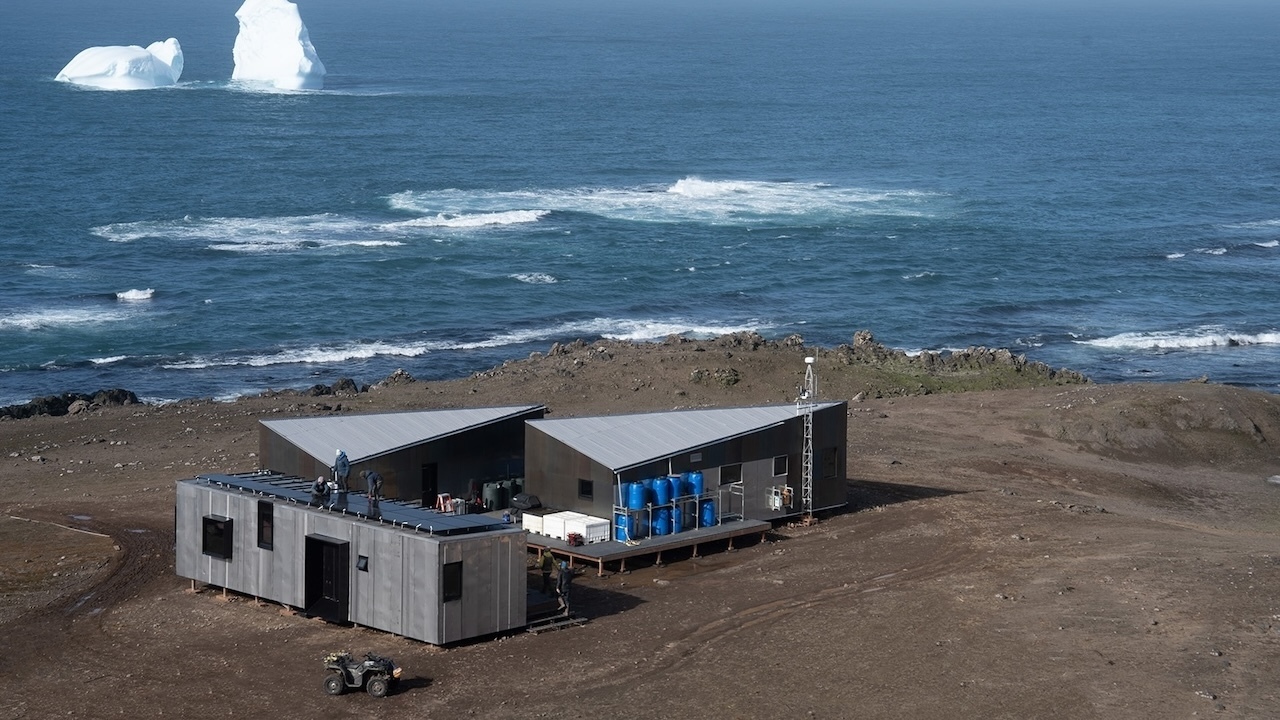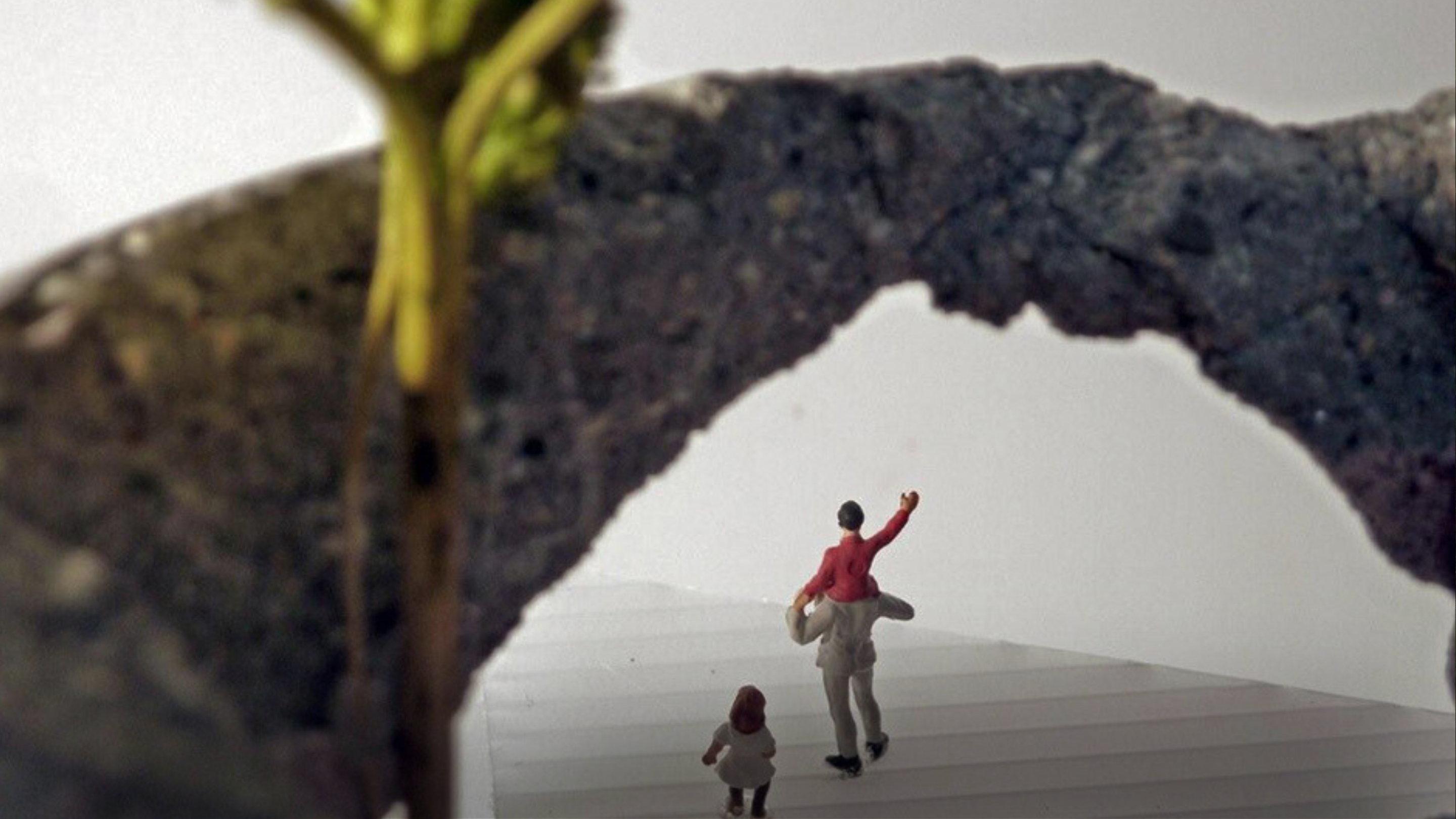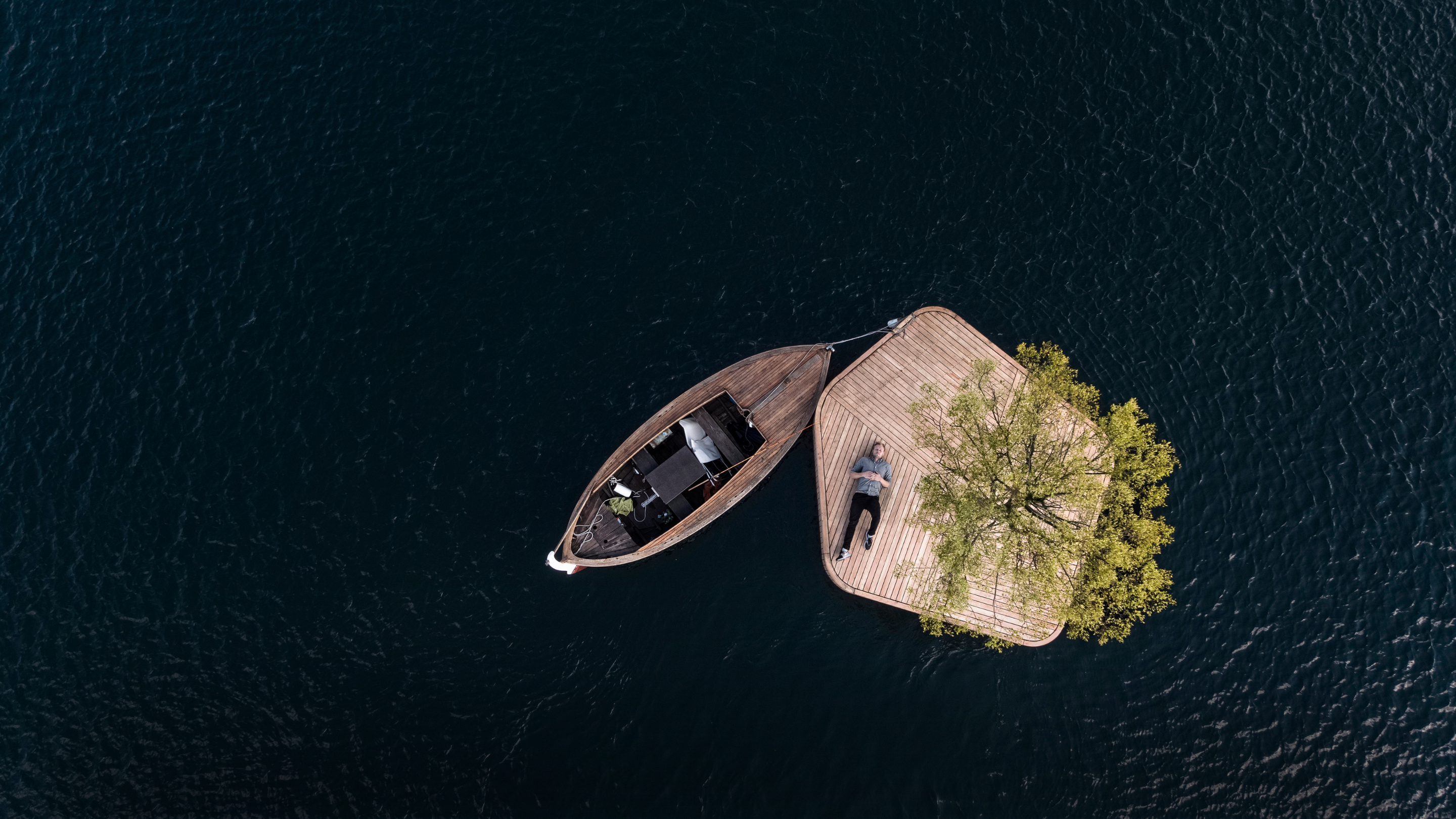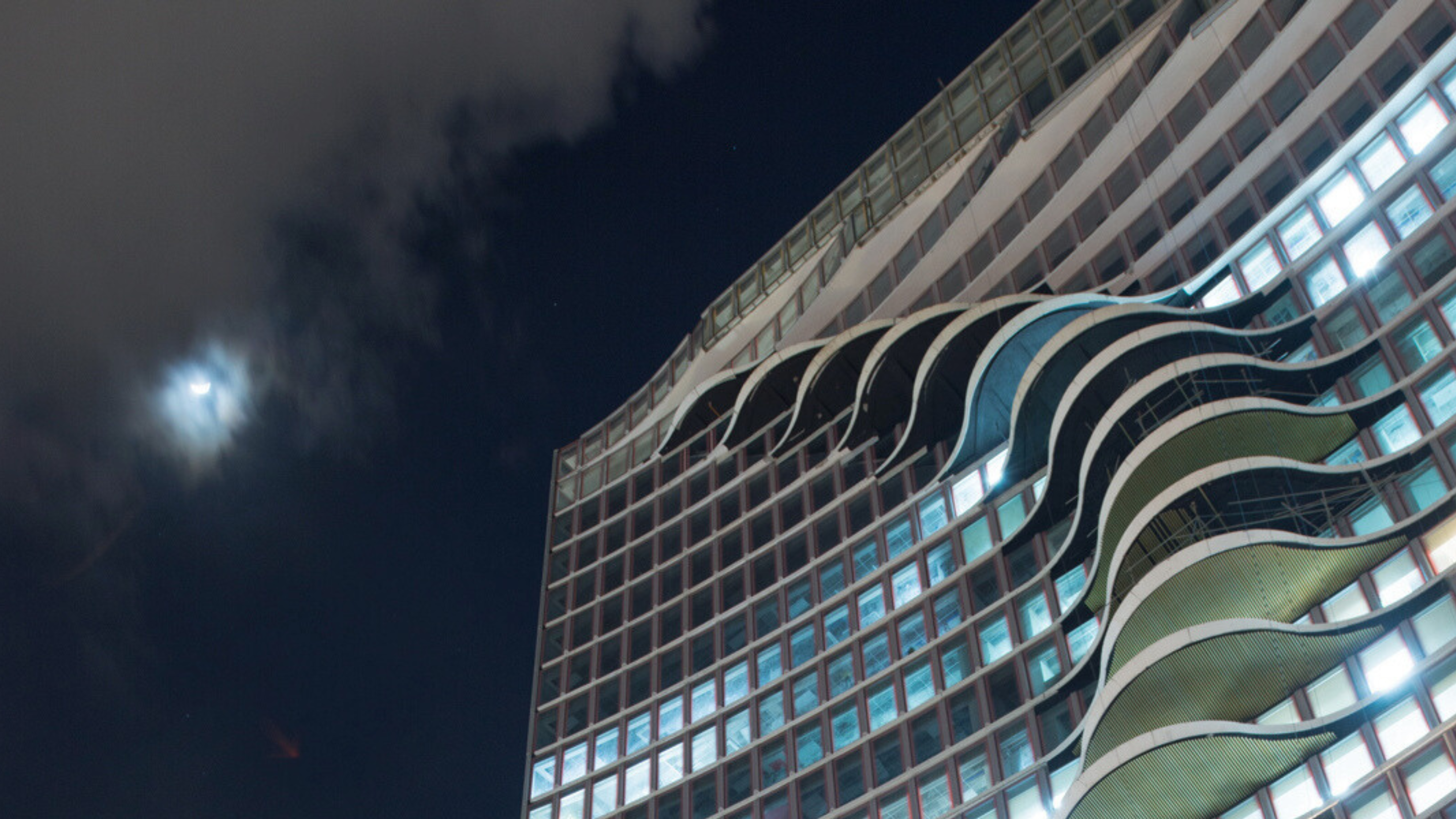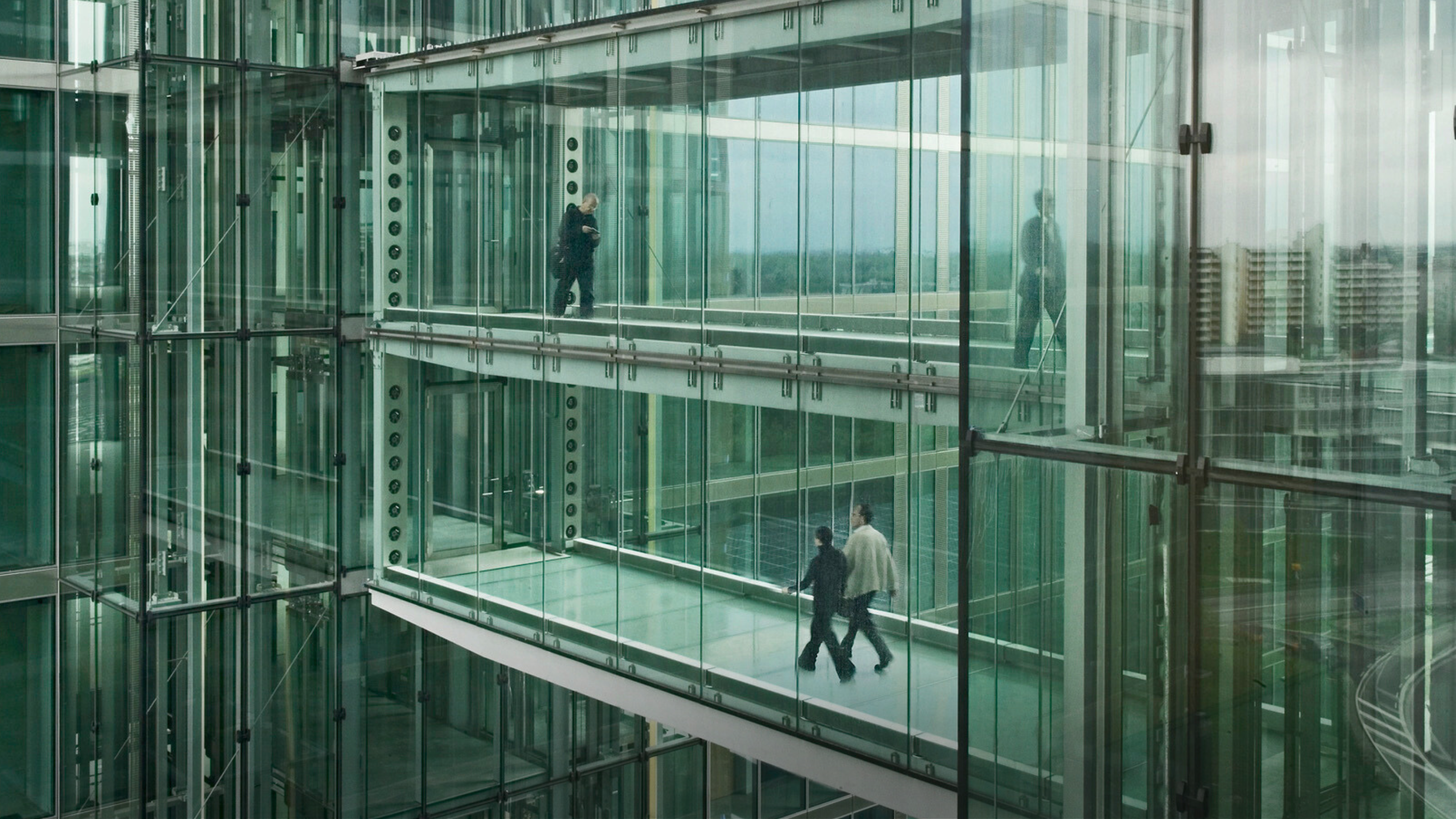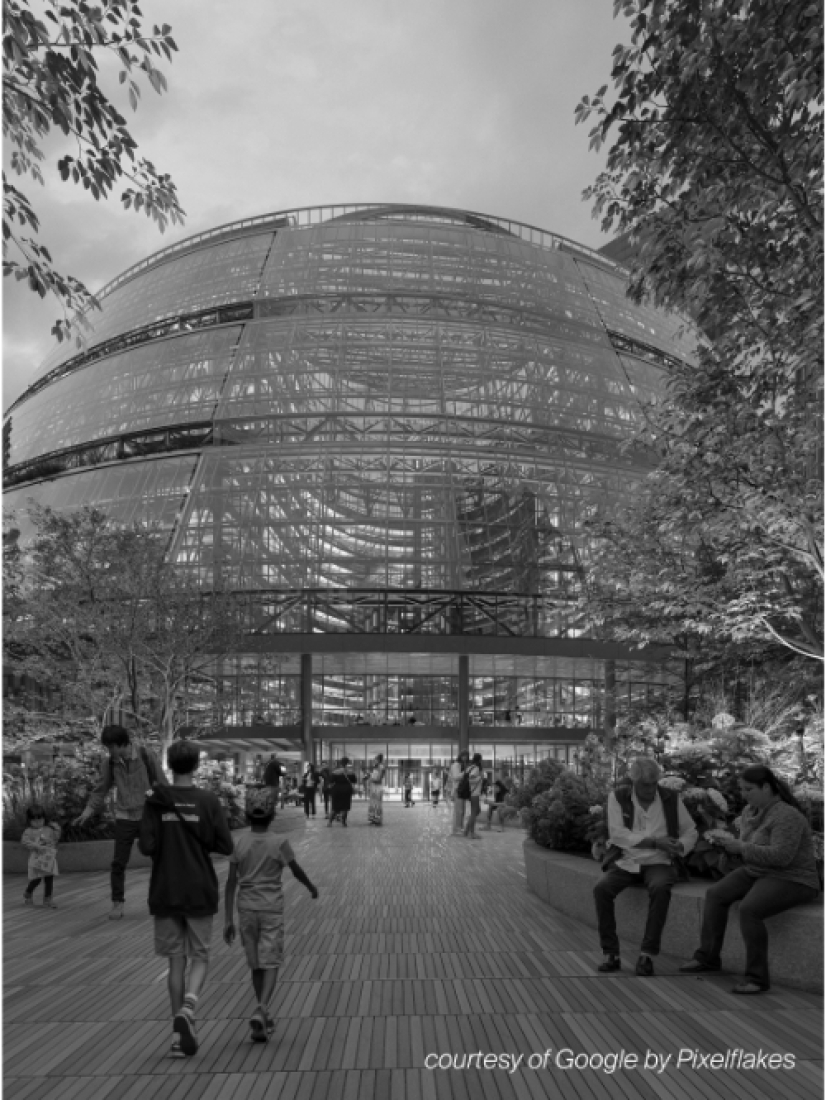5 key facts about this project
The Ramon Crater Earth Pavilion is located on the western edge of Israel’s Ramon Crater, the largest erosion canyon in the world and a notable national park. The Pavilion serves as a space for contemplation and exploration of the connections between light, time, and the natural landscape. The design aims to create a strong relationship with the environment, integrating seamlessly with the geological features of the area.
Design Concept
The Pavilion features a solid geometric form that engages with its surroundings while maintaining a clear presence. It includes two main areas: the Earth Room and the Sky Room. The Earth Room acts as a quiet space for visitors to reflect. It is designed to let in indirect light through a south-facing viewing platform, allowing those inside to appreciate changing daylight. This thoughtful design encourages an atmosphere of contemplation.
Spatial Experience
As visitors move from the Earth Room to the Sky Room, they encounter an observation platform that offers expansive views of the Crater and the night sky. This area includes built-in seating, creating a place for people to gather and engage with the beauty of the cosmos. The layout guides visitors through different experiences, from quiet reflection to wide-ranging observation. Each space invites a different form of engagement with nature.
Materiality
The Pavilion’s construction makes use of rammed earth and sand sourced from the Ramon Crater itself, along with local stones. This approach reduces environmental impact by minimizing transportation needs. The technique used for rammed earth involves compressing soil into layered forms, which enhances the building’s connection to the landscape. Furthermore, the use of local materials highlights sustainable building practices and deepens the relationship between the Pavilion and the Crater.
Design Detail
Inside the Earth Room, light creates a soft atmosphere that changes throughout the day. This dynamic quality allows visitors to feel connected to the natural world outside. The Pavilion serves as more than just a building; it is a thoughtful space that encourages appreciation for the rhythms of nature surrounding the Ramon Crater.


